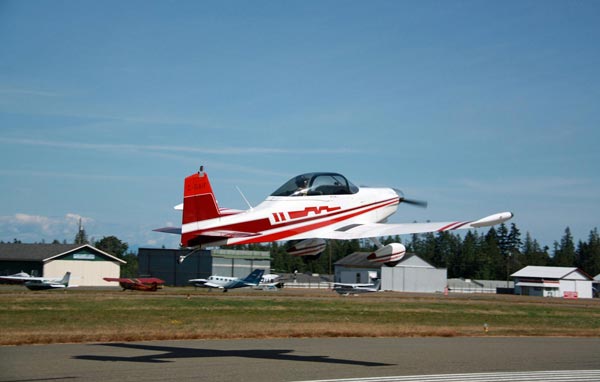Building A Dream Machine Aircraft Story
Thirty years later, my logbook shows close to thirteen hundred hours of adventure on the Mustang’s wings. There have been trips to Oshkosh Wisconsin for the world’s largest convention of homebuilt and classic aircraft, sponsored by the Experimental Aircraft Association. I’ve flown much of the province of Saskatchewan, the northern central U.S. States, a good portion of Alberta, and since retirement in 1995, many destinations here in south central British Columbia as well as most of Vancouver Island. I’ve been privileged to sit in the best seat in the house be it
It all goes back to the small-print ad that read, “Build your own 300-MPH Midget Mustang Airplane.” Really? I can build my own airplane? I was a newly licensed pilot in January of 1960, and that advertisement, running in Popular Mechanics Magazine, really got my
A letter of enquiry was sent off and in due time, a package of photos arrived in the mail. Aside from somewhat ‘optimistic’ performance numbers, the project looked fascinating. The package also included a brochure introducing me to the Experimental Aircraft Association, an International group of people that enjoy building their own airplanes. I joined immediately, and there began an association with this most helpful organisation and a wonderfully fulfilling hobby. About seven years were to pass before I really got serious about building. We moved from Yellowknife to Regina Saskatchewan in 1967 and about that time, Bob Bushby, who had recently purchased rights to the Mustang design, came up with a two-seat version of the aircraft that he called the Mustang ll. It fit my needs (wants) perfectly and arrangements were made to drive to Illinois to see the prototype, the only model flying at that time. The timing wasn’t the best as I could not fly the airplane because it was in the shop for maintenance. I looked it over thoroughly though and was most impressed. I tried the airplane on for size and found that I did indeed have ample room for my 6’- 4” frame. I came out of the cockpit with a very wide grin and my wife Pat knew, without question, what was to follow.
After a long conversation with the designer, money was exchanged for a huge roll of one hundred-plus 24” X 30” sheets of blueprints. Bob then asked how long I thought it would take me to build the Mustang. I’d done my research, and suggested at least five or six years. He was satisfied with that answer, saying that many people think it will only take a year or two, and from past experience he found most would not finish the job because they underestimated the commitment to what would indeed be a huge project. So, with encouraging remarks from Bob as to how much we’d enjoy the project, we pointed our MG in the direction of home, a thousand or so miles to the northwest. My head was full of dreams!
The drawings looked complicated that night when I lay them out on our hotel room bed in Madison Wisconsin. There were literally hundreds and hundreds of parts to bring from drawing stage to completed components. Hmmm. Well, I wasn’t going to give up too easily, but I was a little uncomfortable when I put the plans back in their tube for later study.
I had decided that with a young family and limited time, I would treat the project as a hobby, working only when I had the time and inclination to work. In consequence, there were some years where I worked four or five hundred hours on the project and other years in which I only worked forty to fifty hours. Just the same, project was underway. My past experience with tools was in woodwork and I was finding metal work much more exacting, working in thousandths of an inch as opposed to sixteenths of an inch. It was not impossible, it just took a little longer and as I began to develop the skills I tackled the more complex components. Where did I get the patience for such a huge project? I learned quickly, that if my goal had been a complete airplane, it would have been daunting and I likely would have given up early in the game. Rather, I looked at each part and then each little assembly of parts, as my goal. When one part was completed it was put on the shelf for later attachment to another assembly. So rather than one goal, there were hundreds of goals which in the end became an airplane, and what a rewarding project it became.
Thirty years later we still enjoy the Mustang ll. It is an ongoing adventure and the seating is front-row-center allowing us to enjoy some of the most incredible scenery in the world and much of it right here in ‘Beautiful British Columbia.’ Looking for a rewarding hobby? If you’ve a little talent for working with tools, a good deal of patience and above all the desire to build, then you too can climb high on your own personal set of wings. There are many of us out there who like to build and fly. Just because the EAA was such a big help to me, you may want to check the organization out at https://www.eaa.org/. As for just about anything else you may need, consider Aircraft Spruce ® and Specialty. Over the years of my project, they mailed many a building component from their old Fullerton headquarters in the early days, from California to my Canadian home workshop! I recommend them highly. Thank you Aircraft Spruce ® & Specialty! John Veale |


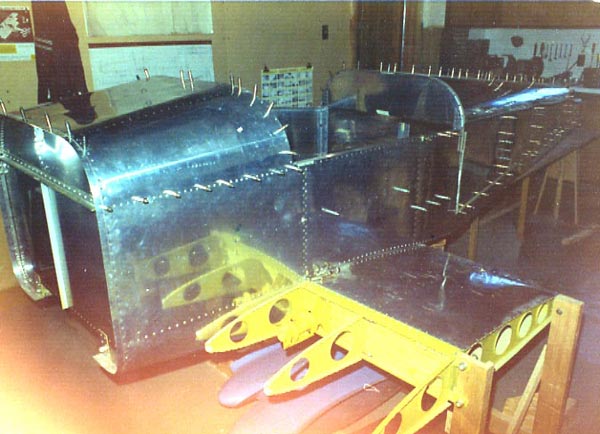
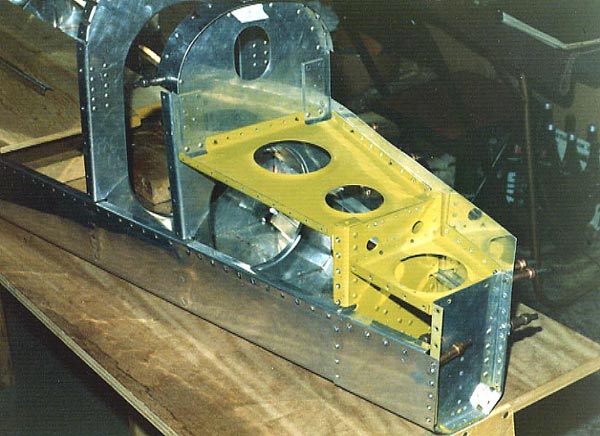 The magic was about to begin. I was forty-one years old when I first flew my newly crafted Bushby Mustang ll aircraft. It was fresh out of my workshop and gleaming in the early morning Saskatchewan sunshine on May 25th 1981. Who can ever forget their first flight, considering the thousands of hours of work with sheets of aluminium, boxes of rivets, nuts and bolts, acrylic sheet, fiberglas, sheet steel, cut fingers and the hundreds of hours of pouring over blueprints that goes into creating an airplane from a dream and set of drawings.
The magic was about to begin. I was forty-one years old when I first flew my newly crafted Bushby Mustang ll aircraft. It was fresh out of my workshop and gleaming in the early morning Saskatchewan sunshine on May 25th 1981. Who can ever forget their first flight, considering the thousands of hours of work with sheets of aluminium, boxes of rivets, nuts and bolts, acrylic sheet, fiberglas, sheet steel, cut fingers and the hundreds of hours of pouring over blueprints that goes into creating an airplane from a dream and set of drawings.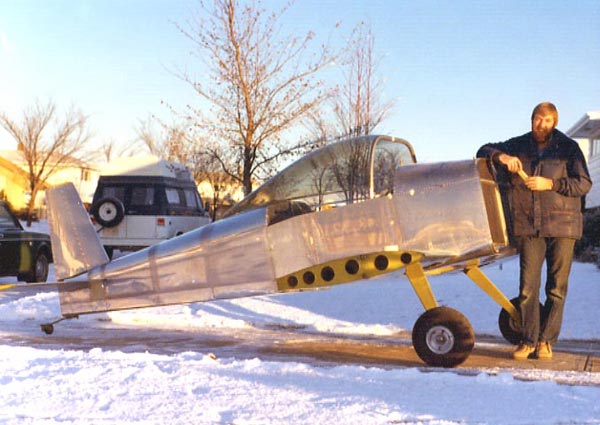
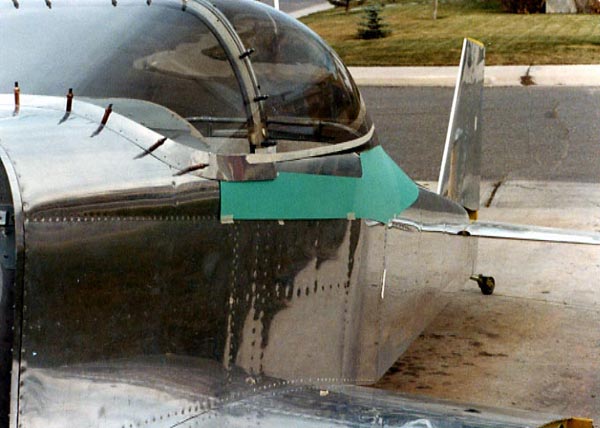
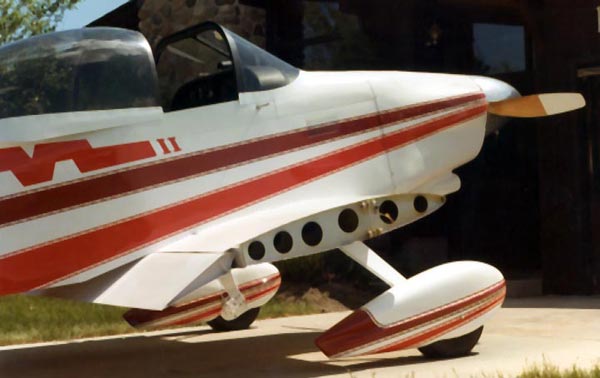 at 1000 feet or 10,000 feet. We live in a magnificent land and it’s all been mine on homebuilt wings. How did this magic begin?
at 1000 feet or 10,000 feet. We live in a magnificent land and it’s all been mine on homebuilt wings. How did this magic begin?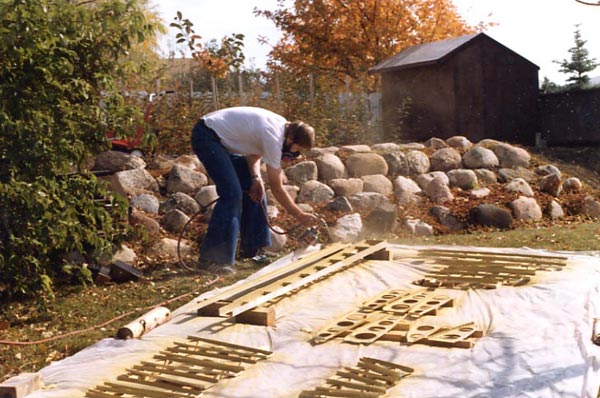 attention. Considering our home was in Yellowknife NWT (Northwest Territories) with long winters of extreme cold, building an airplane sounded like a boredom fighting project with incredible potential for fun.
attention. Considering our home was in Yellowknife NWT (Northwest Territories) with long winters of extreme cold, building an airplane sounded like a boredom fighting project with incredible potential for fun.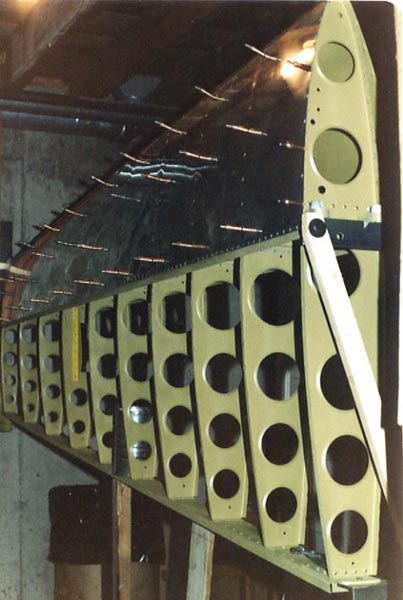
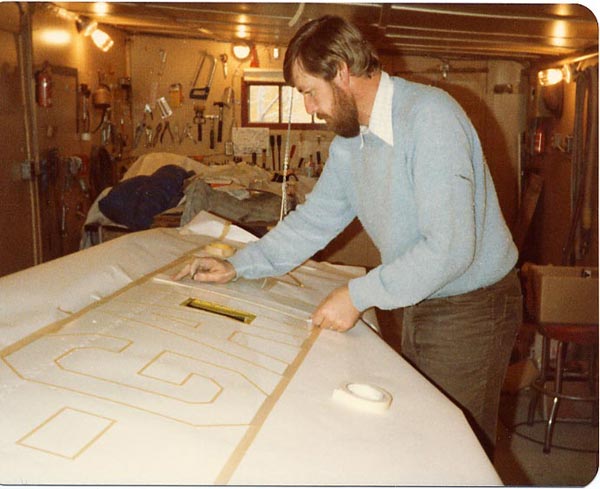

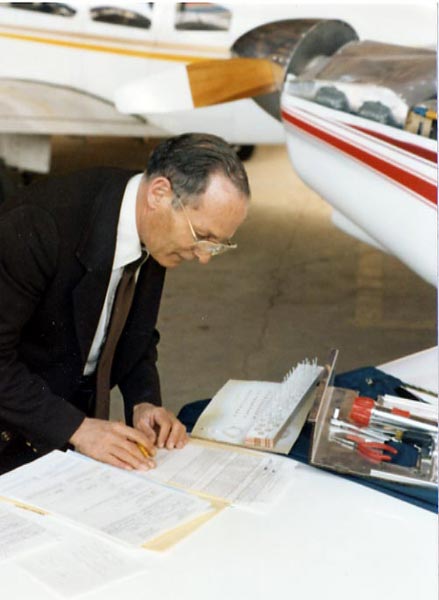 Before ordering any building materials I spent many hours studying the prints. The longer I studied, the simpler they became and once again I was energised to build. Orders went off to Aircraft Spruce ® & Specialty and various suppliers for sheets of aircraft aluminium, special aircraft-quality nuts and bolts, and aluminium solid-shank rivets in many sizes and lengths and a host of other things. Soon I had enough raw materials in stock and the project got underway in my basement workshop. The tools needed to begin were minimal. Tin snips for cutting aluminium, a home-made drill press, built by my good friend Cliff Lincoln, a variety of small drill bits, small air compressor, pneumatic rivet gun and other typical small hand-tools contained in most home workshops. The fun had begun. It was January 1970.
Before ordering any building materials I spent many hours studying the prints. The longer I studied, the simpler they became and once again I was energised to build. Orders went off to Aircraft Spruce ® & Specialty and various suppliers for sheets of aircraft aluminium, special aircraft-quality nuts and bolts, and aluminium solid-shank rivets in many sizes and lengths and a host of other things. Soon I had enough raw materials in stock and the project got underway in my basement workshop. The tools needed to begin were minimal. Tin snips for cutting aluminium, a home-made drill press, built by my good friend Cliff Lincoln, a variety of small drill bits, small air compressor, pneumatic rivet gun and other typical small hand-tools contained in most home workshops. The fun had begun. It was January 1970.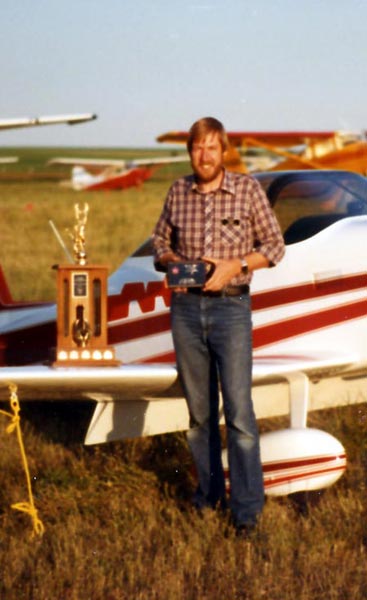
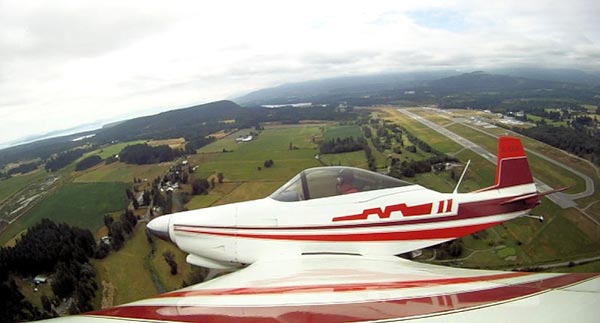
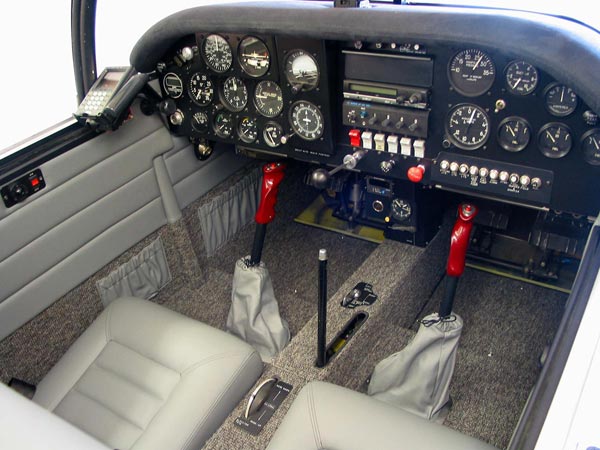 There were many skills to learn along the way, but that was part of the fun, and the rewards of mastering those skills were wonderful. Learning to bend aluminium and steel, learning to rivet, (one of the most enjoyable of the skills) working with fiberglas and acrylic sheet and piece by piece the correct number of components was created and assembled. Eleven years later, having put in four thousand hours of work, I had what I thought was the most beautiful aircraft ever built, sitting on the airport ramp, ready for flight.
There were many skills to learn along the way, but that was part of the fun, and the rewards of mastering those skills were wonderful. Learning to bend aluminium and steel, learning to rivet, (one of the most enjoyable of the skills) working with fiberglas and acrylic sheet and piece by piece the correct number of components was created and assembled. Eleven years later, having put in four thousand hours of work, I had what I thought was the most beautiful aircraft ever built, sitting on the airport ramp, ready for flight.